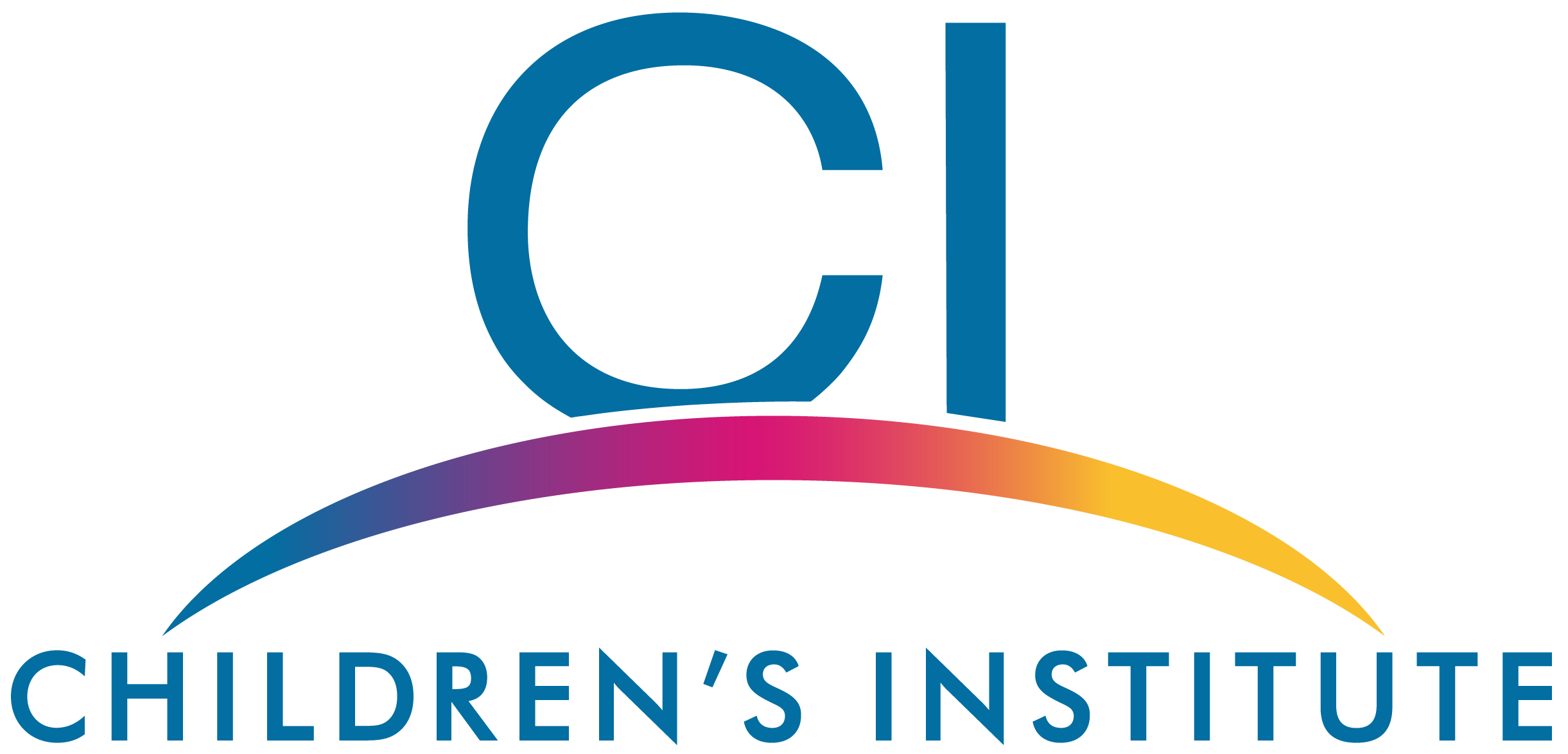Rising Teacher Stress and How SEL Can Help

A study from the American Federation of Teachers was released on Monday of this week, revealing that teacher stress is on the rise, and remains at rates startlingly higher than the general workforce population. Almost 5,000 respondents took the opportunity to reflect on tensions in their workplace, some randomly sampled from the AFT’s union membership and most voluntary respondents through social media channels. Cumulatively, 61% of these educators find their positions to be “always” or “often” stressful. More than half of the respondents reported a full week’s worth of poor mental health days every month, perhaps because they are being “bullied” by administrators or students (27% report incidents of this nature). On the whole, educators feel they have less impact on policy decisions and professional development content, and less control over their classrooms. They see more instances of verbal aggression among students and the majority of them do all of this on 5-7 hours of sleep a night.
This report comes only a few days after a recent and unrelated UCLA survey, which found that half of educator respondents report more students experiencing high levels of stress and anxiety, lower levels of feeling safe in their school environment, a higher likelihood to incorporate “unfounded claims in class discussions, such as from Facebook or talk radio”, and higher rates of students making sexist and racist remarks during class discussions.
Anecdotally, the educators we work with here in the Rochester area feel the same. We talk with teachers who are overwhelmed, mental health workers whose caseloads are ever increasing, and districts that are working day and night to overhaul student support services in order to meet the needs of their pupils.
In the face of such bleak statistics it is easy to feel discouraged and like nothing can be done on a local level to combat it. We know that teaching is not the profession it was a generation ago. Teachers need better tools to work with diverse groups of students, and they need the supports to take care of their own mental health while they do it.
A 2016 study from the Robert Wood Johnson Foundation goes a long way toward identifying those types of tools: individual interventions such as mentoring and induction programs, workplace wellness programs, mindfulness and stress management interventions, and social and emotional learning (SEL) programs have the proven effect of reducing teacher stress, increasing student engagement, and positively impacting school culture. More specifically, when educators are given opportunities to increase their own social and emotional competencies, they are “more likely to reinforce positive student behavior and support students in managing their own negative emotions”. They also report “more positive affect, greater principal support, higher job satisfaction, and a sense of personal accomplishment”. Implementing SEL programs and teaching strategies is very clearly one solution to the massive problem of growing teacher stress, attrition, and anxiety.
We at Children’s Institute view SEL as a developmental process that starts by supporting the adults who are working with children and youth. For educators to successfully teach social and emotional competencies, they need to begin by examining their own practices and skills. They also need support and recognition for the work they do from administrators, colleagues, and families.
The SEL Center at Children’s Institute aims to provide that support for educators by providing resources, training, coaching, and consultation. Our ongoing Ready to Teach SEL? training sessions equip educators with a multitude of ideas, interventions, and tools designed to create better learning environments for adults and students, as well as access to a network of supportive, informed, and like-minded professionals. Staff at the Social and Emotional Learning Center at Children’s Institute are also available for consultation, guidance, and implementation support as you make the positive systemic changes that are proven to reduce teacher stress and attrition, while improving student attitudes and achievement.
